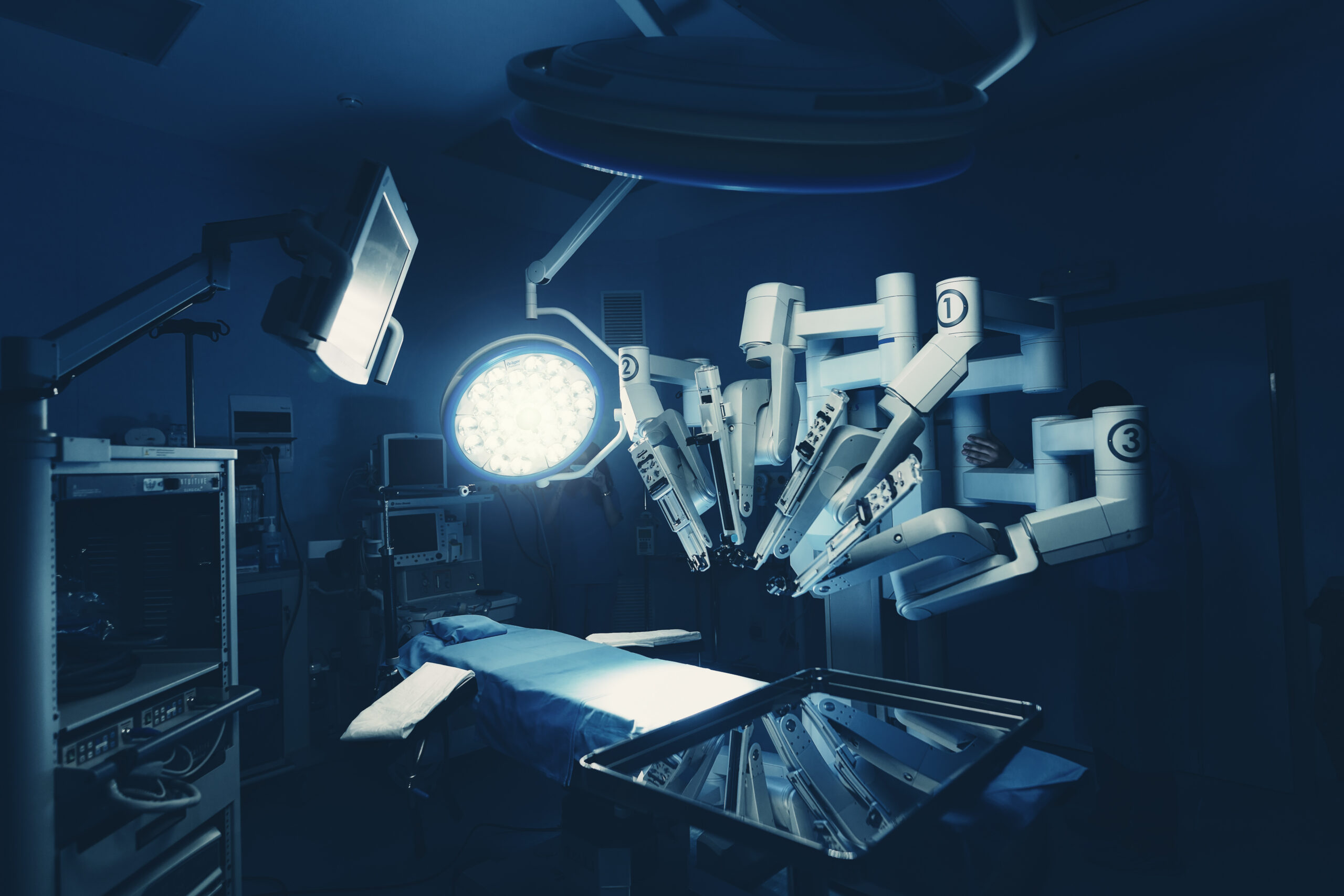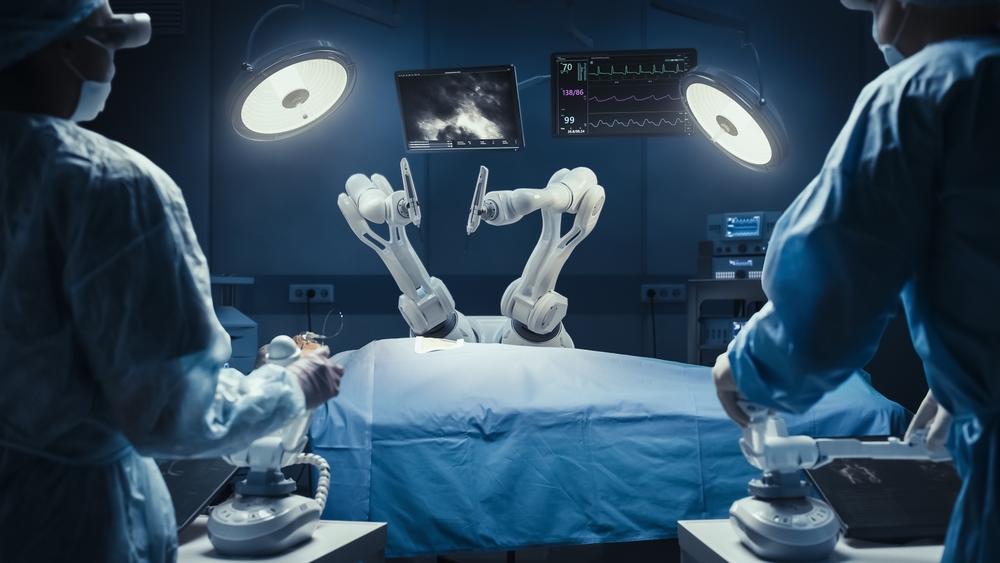Robots reshape surgical services, part 2: Building, sustaining success

Takeaways • Determining the return on investment (ROI) for a robot-assisted surgery (RAS) program should include anticipated surgeon volume and past cases where RAS could have been used. • Some organizations dedicate staff to RAS cases, while others orient all to these procedures. • Offering ROI after hours require careful…
Integrating robotics for outpatient surgery: What ASC leaders need to know

Robotic surgery has moved from cutting-edge to commonplace. The question is no longer whether to use robotics but when to introduce it and how to ensure adoption is efficient, affordable, and seamless for surgical teams. Ambulatory surgery centers (ASCs) are increasingly adding robotics to their service lines, driven by the…
Robots reshape surgical services, part 1: Emerging tech, rising risks

Takeaways • Robot-assisted surgery (RAS) is now an option in many specialties and for adult and pediatric patients; RAS-related ethical issues include access and patient privacy. • Intuitive Surgical continues to dominate the marketplace, but many companies are working on expanding their range of options. • Some current trends and…
UCSF pioneers robotic surgery assistant certification for medical students

Editor's Note University of California San Francisco (UCSF) became the first university to certify medical students as robotic surgery bedside assistants, giving future surgeons unprecedented hands-on training in a rapidly growing field, an August 25 UCSF news release reports. The program reportedly positions learners alongside attending surgeons, nurses, and scrub…
Humanoid robots show early promise in clinical procedures, but technical limits remain

Editor's Note Adapting general-purpose humanoid robots already trained on large-scale industrial tasks for use in surgery could provide a solution to burnout, understaffing and other problems. This is the primary takeaway of a July 9 article from UC San Diego detailing the work of robotics expert Michael Yip, who has…
Robot performs autonomous cholecystectomy using video training, voice feedback

Editor's Note A surgical robot independently performed a lengthy phase of gallbladder removal with expert-level precision, according to a July 9 announcement from Johns Hopkins university. "This advancement moves us from robots that can execute specific surgical tasks to robots that truly understand surgical procedures," said medical roboticist Axel Krieger,…
Perioperative nurses are at the heart of robotic surgery’s rapid rise

Editor's Note As robotic-assisted surgery continues to expand across specialties, perioperative nurses are driving operational excellence, clinical outcomes, and team coordination—often serving as the linchpin of these high-tech surgical programs. According to an April 16 article from the Cleveland Clinic, the health system’s robotic surgery program illustrates how nurses are…
Autonomous surgical robot makes strides in soft-tissue precision

Editor's Note Capability to achieve results on par with or better than humans using laparoscopic techniques demonstrates the extent to which autonomous surgical robots are rapidly evolving toward clinical readiness, according to John Hopkins University robotics researchers writing may 27 in IEEE Spectrum. The system detailed in the article, Johns…
Study: Robotic-assisted cholecystectomy raises complication risk in acute care despite similar injury rates

Editor's Note Recent research shows robotic-assisted cholecystectomy (RAC) results in similar bile duct injury rates as laparoscopic cholecystectomy (LC), but risks are higher for postoperative complications, longer hospital stays, and more frequent drain use. Published May 21 in JAMA Surgery, the large-scale cohort study analyzed outcomes from over 844,000 acute…
Telesurgery possibilities becoming more than remote

Remote surgery has come a long way since the first-ever case in 2001, when a surgeon in New York City operated on a patient in Strasbourg, France. No longer a product of science fiction, telesurgery’s advance promises to change—and save—countless lives, from patients in remote areas to those in warzones…

 Free Daily News
Free Daily News